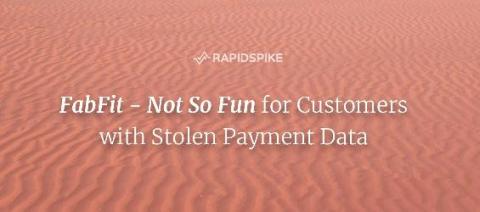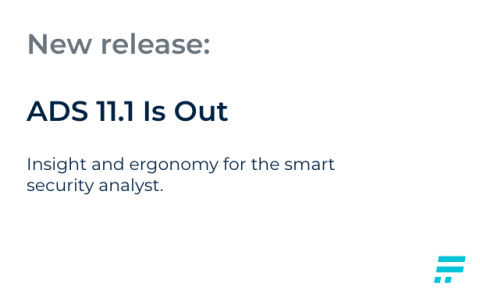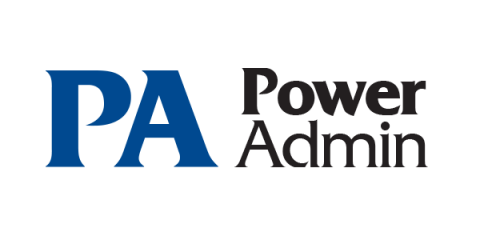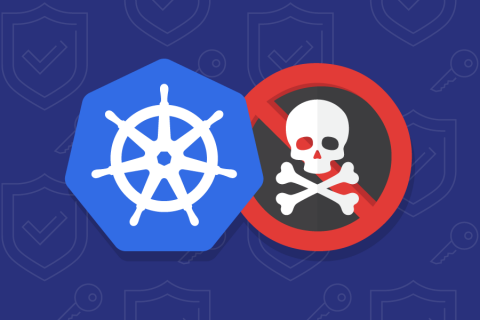FabFit - Not So Fun for Customers with Stolen Payment Data
Our sources state that there has been a 20% increase in web-skimming attacks since the outbreak of the COVID-19 virus. Recently, we have witnessed some high-profile Magecart attacks. The latest Magecart attacks include; American Payroll Association, music giant – Warner Music Group, and lifestyle subscription brand – FabFitFun.











